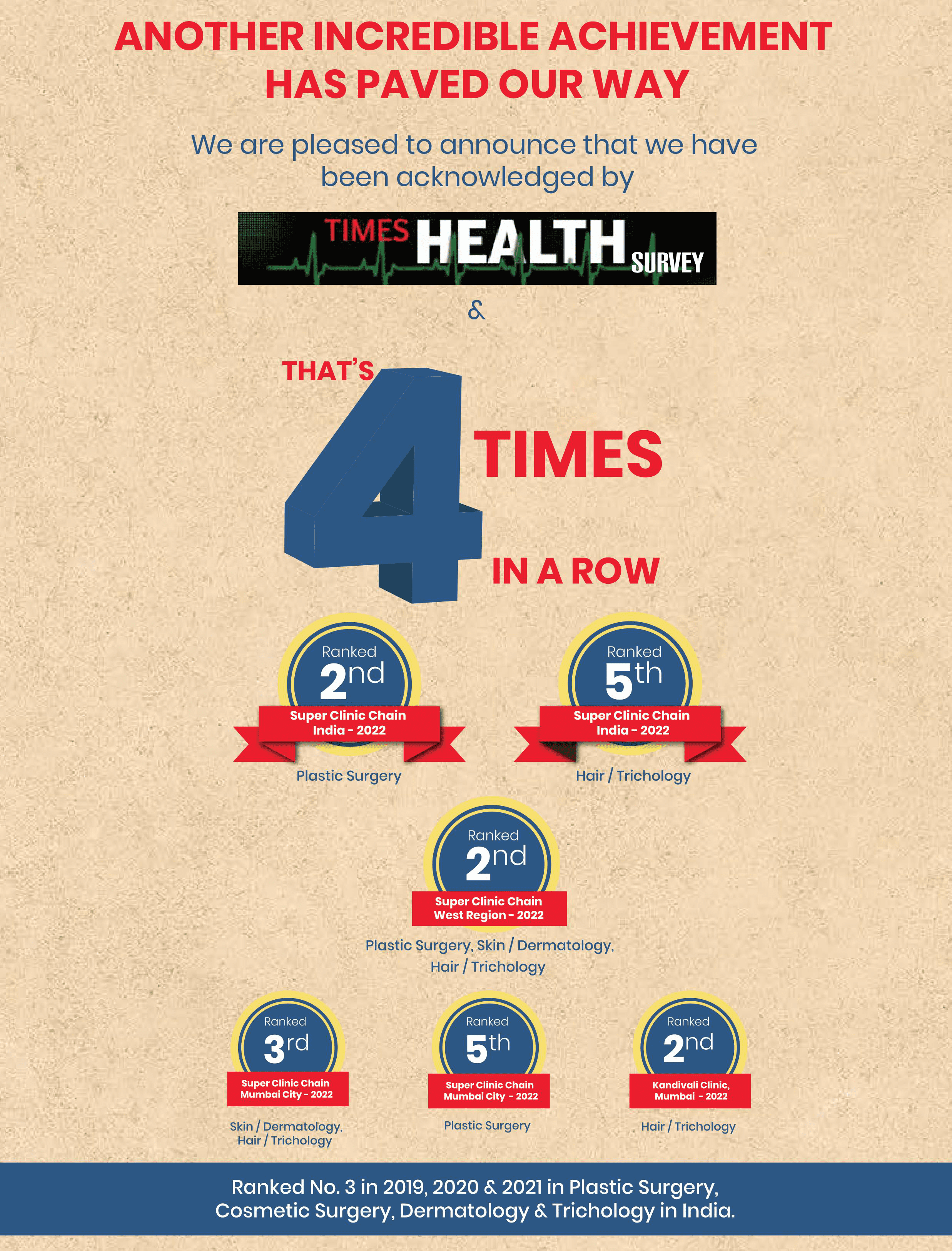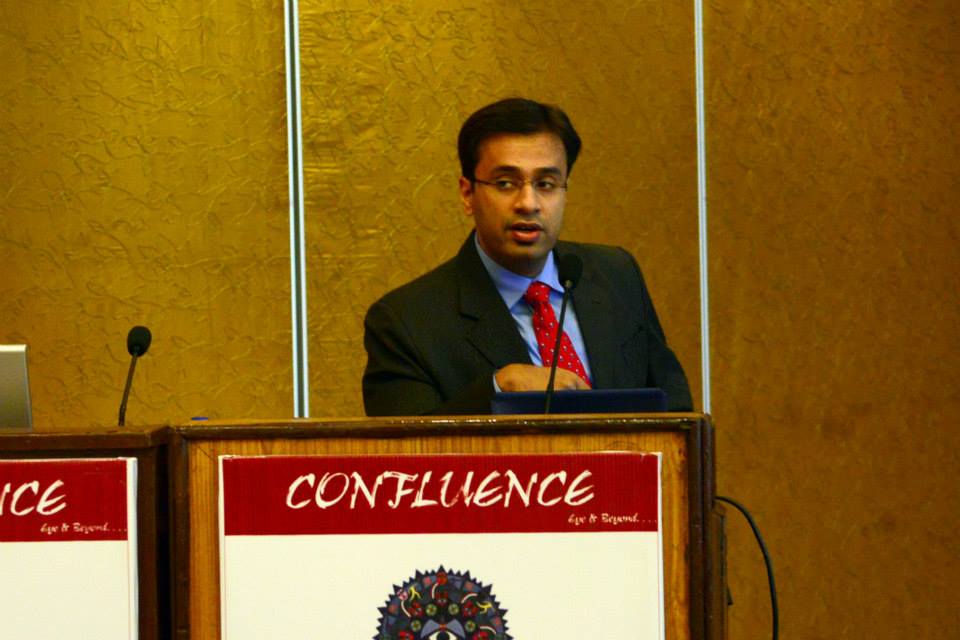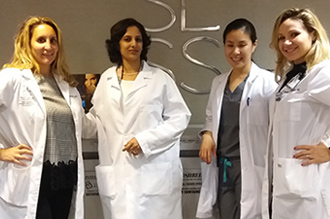The human body has many parts that carry out specific functions. While most persons are aware of the role played by some significant organs and tissues in the body, there are some parts that their functions are rarely thought of or talked about – the frenum is one of such. The frenum is a small fold of tissue that connects the cheek, lips, or tongue to the gum or jawbone. The frenum functions to secure the movement of the mobile organ to the extent of making speech utterance and swallowing possible. Frena usually vary in width and length among different people.
Basically, there are three types of frenum – lingual frenum, labial frenum, and buccal frenum. The lingual frenum is found at the floor of the mouth and the tongue’s base while the labial frenum is at the upper arch and it is the connective tissue between the gum and the front teeth. Labial frenum is, however, of two types – mandibular labial frenum and maxillary labial frenum. The mandibular labial frenum is the connective tissue between the lower lip and the area around the base of two lower front teeth while the maxillary labial frenum connects the upper lip to the area around the base of the two upper front teeth. Lastly, the buccal frenum is present in the premolar region of the mouth and it connects the gum to the cheek.
Though the frenum might be seen as nearly insignificant, the impairment of the movement of certain organs caused by the frenum could have a telling effect on the well-being of an individual. When the frenum is within range and/or normal size or length, it causes no problem. Otherwise, it can result in myriads of issues and have a significant impact on the fit of the denture. That aside, a compromised buccal frenum could cause the cheek to pull inwards leading to a prominent oral dysfunction. An abnormal frenum may even be implicated in cases of airflow restriction and marked weight loss in infants. An oversized frenum can result in gum inflammation [with accompanying pains] and the emergence of gaps in the front teeth. These are some of the reasons patients often visit the surgeons at The Esthetic Clinics for a frenectomy.
Frenectomy is simply a surgical procedure that is carried out to reduce the size or length of a frenum, and it is usually performed by a specialist surgeon. The frenum can also be completely removed or repositioned. Frenectomy can be of two different types based on the part that is being operated upon. Consequently, we have lingual and maxillary frenectomies. Additionally, a frenectomy can be carried out as part of a treatment routine or a preventative measure – this is particularly the case for children who are yet to have permanent teeth.
Based on the ensuing discussion, it is apparent that frenectomy is done to correct the problem caused by an overreaching or tight frenum. It should be emphasized that frenectomy can be performed on individuals across different age-groups – from infanthood to adulthood. However, carrying out frenectomy on an infant is considerably easier than what is attainable with adults. The reason is simply down to the significant changes that the oral cavity of adults has been subjected to overtime.
In a more specific view, the following categories [of people] are those that frenectomy may be recommended for:
Frenectomy, being a non-invasive surgical protocol does not take so much time to conclude. With a specialist plastic surgeon overseeing the surgery, you should not spend more than 15 minutes in the operating room. And, after the protocol must have been completed, the wound may take up to two weeks to fully heal.
Before embarking on the operation proper, the attendant surgeon at our clinic will have you undergo a close examination. This is to adequately evaluate the extent of your condition and design a course – pre- and post- frenectomy – that would satisfactorily take care of your needs.
Moving on to the frenectomy protocol; the surgeon will have you lying face-up and then use local anaesthesia to numb the area that is to be operated. After this, he/she will use a laser tool to make an incision on the frenum. You should note that a scalpel may also be used for incising the frenum. However, the use of a laser tool here is to prevent the loss of blood, reduce the instances of tissue damage, and also check infection to an appreciable end.
With the incised frenum now more relaxed, the surgeon can either release it from being too tight or completely get rid of it – this would be informed by the kind of frenectomy that is being done. Additionally, the specialist performing the frenectomy may need to employ stitches based on how severe or complicated the situation may be. By the way, stitches can help to prevent the subsequent reformation of a frenum.
After having a successful frenectomy, you may likely feel a minor burning sensation – known as “pizza burn” – around your gum and some parts of your mouth; moderate swelling may also be observed. Irrespective of the emergence of swelling, it is usually advisable that you wear a cold pack for the rest of the day – the surgery was done. Notwithstanding, the part where the surgery was performed on should start healing after 1 – 2 days.
You should avoid brushing your teeth while the wound heals. Instead, you can regularly use mouthwash to swish your mouth to ward off germs and maintain a healthy oral cavity. The surgeon, after a thorough and well-informed evaluation, might also give you some antibiotic prescriptions to put infection in check.
Furthermore, you should limit movement and engage in chit-chat so as not to stress the surgical site – physical exercises should also be minimal or cut out within the period of healing. More importantly, you should cut down on the quantity of food you eat for some time [after frenectomy], and heed the expert advice given by the surgeon.
Nevertheless, our surgeons will dutifully follow up on you and provide you with hands-on recommendations as is expedient.
Every patient’s case is unique in some ways, and owing to this, it may not be logical to place an express cost on frenectomy. It is important that an evaluation is done to know the patients will be needing to have a successful operation. That said, the following factors may determine the cost of your frenectomy:
You may however consider how your insurance could be valuable in easing the cost implication of frenectomy.
One thing that we pride ourselves in at The Esthetic Clinics is the rich vein of cumulative cognate experience traceable to the team of expert surgeons. Plus, it is yet interesting to know that Dr. Debraj Shome, the best plastic surgeon in India today is with us. With all these notable professionals, frenectomies in Mumbai just got safer and easily accessible – finding a frenectomy specialist nearby is certainly a big relief. In addition, our state-of-the-art facility is set up to enable us promptly deliver aseptic surgical services.
The team at The Esthetic Clinics is client-focused and has the wherewithal to provide the right care for patients who come around to have their frenum removed or repositioned. We are committed to ensuring that you can optimally utilize your mouth without any hindrance or limitation – recovering the health of your oral cavity is a guarantee we can confidently make a reality.


Dr. Debraj Shome is Director and Co founder of The Esthetic Clinics. He has been rated amongst the top surgeons in India by multiple agencies. The Esthetic Clinics patients include many international and national celebrities who prefer to opt for facial cosmetic surgery and facial plastic surgery in Mumbai because The Esthetic Clinics has its headquarters there.






